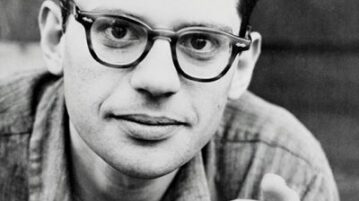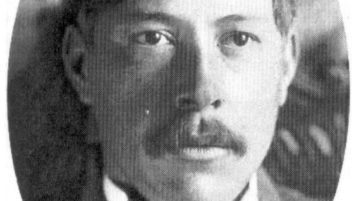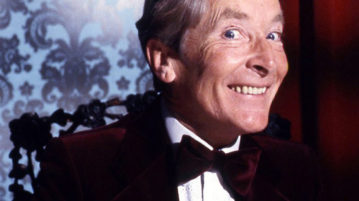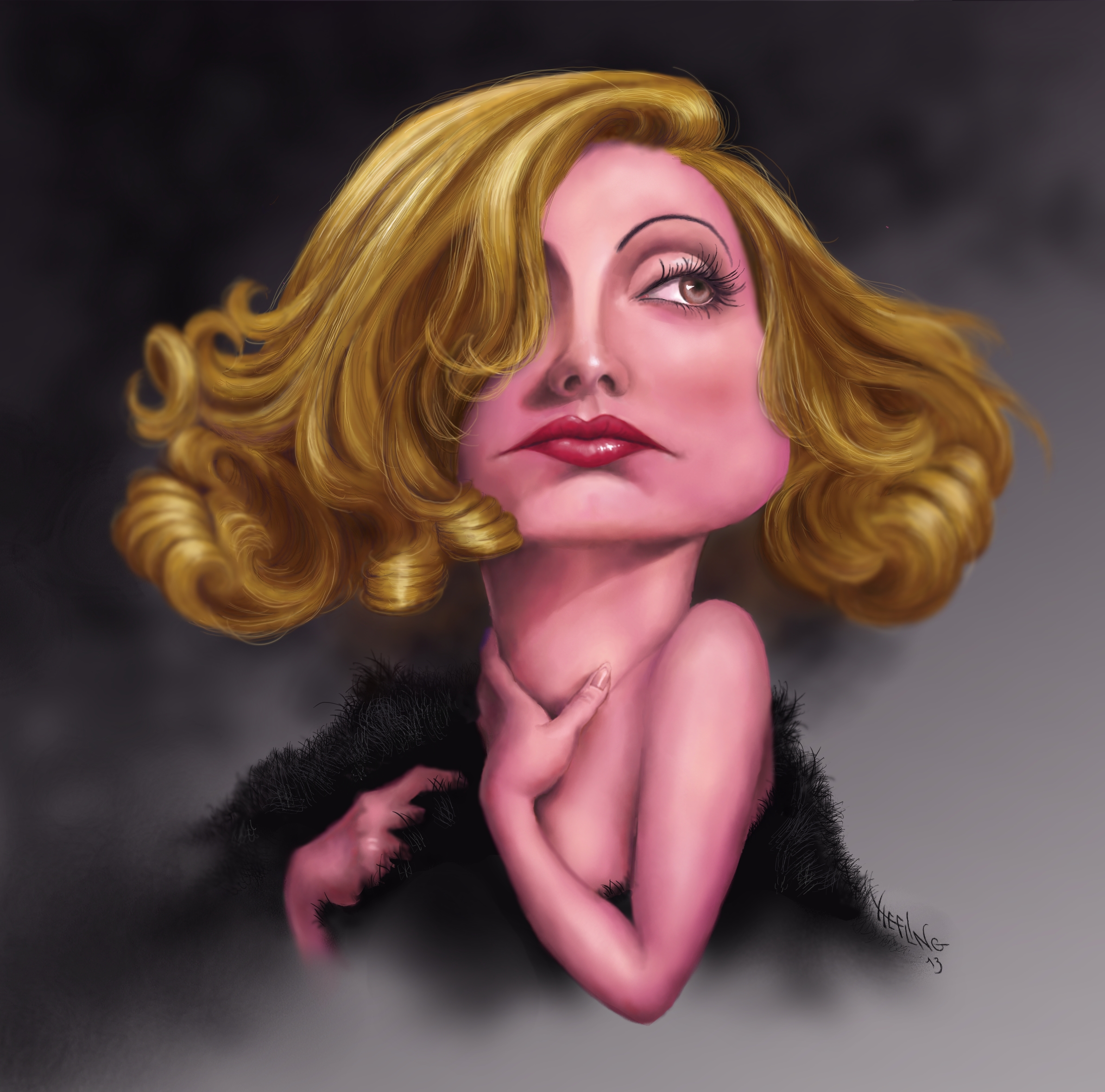
How Allen Ginsberg Humanized Madness
IN 1949, more than five years before writing his landmark poem “Howl,” a 23-year-old Allen Ginsberg was for eight months a patient at the New York State Psychiatric Institute (PI),…More

IN 1949, more than five years before writing his landmark poem “Howl,” a 23-year-old Allen Ginsberg was for eight months a patient at the New York State Psychiatric Institute (PI),…More
AS A SUPERFAN of Neil Bartlett—I’ve raved about four of his works in these pages—I recently went back to his first novel, Ready to Catch Him Should He Fall (1992), reissued in 2017. In the new introduction, Bartlett acknowledges his debt to “two of my favourite collector’s items in the pre-history of British gay fiction, Rodney Garland’s The Heart in Exile (1953) and the screenplay for the film Victim (1961).” I’d seen the film (Dirk Bogarde suffers, fabulously), but didn’t know the novel, and wondered what a seventy-year-old novel might have to say to me. Fortunately, the always valiant Valancourt Books reissued it in 2014, with a splendid introduction by none other than Bartlett himself.
More
By David Masello: Oliver was never afraid to use certain words in her poems. Cover your ears, for you may be offended. Her language includes nouns and adjectives like beautiful, love, beloved, prayer, loneliness, God, holy, and heaven.
MoreI came across George Cecil Ives while looking for material about sports at the turn of the 20th century. Ives was a huge fan of cricket and kept meticulous records for numerous matches in his scrapbooks. He would later become, inadvertently, the first openly gay first-class cricketer when he took to the field himself …
More
THE POET Algernon Swinburne (1837–1909) can be best described as a colorful eccentric who lived and wrote without shame in late Victorian England, where moral behavior was so strictly regulated that artists with bohemian ideas were performing incredible stealthy feats in order to launch their careers.
More
Ned would undoubtedly have preferred Pollini’s interpretation. He wrote a book titled A Defence of Uranian Love that was published under a pseudonym after his death. In it, he makes an argument for same-sex relationships based on those prevalent in Ancient Greece, in which an older male mentors a younger one and may or may not have sexual relations with him. It is easy to understand how the Warren Cup was his “Holy Grail,” as he called it.
More
It was Kenneth Williams, the most prolific of the Carry On ensemble, who appeared in 26 films in total. He was usually given the role of the overwrought, snide intellectual in a position of authority. His presence was unfailingly electrifying, with his clipped, nasal vocal intonations and facial expressions of remarkable elasticity. He could elevate even the most lowbrow of breast-related puns with a subtle glance, a curt turn of the head, or an elaborately scandalized vocal delivery.
More
FOR ANY ART LOVER, Florida’s infamous “Don’t say gay” law is a painful reminder of how a similar policy, aimed at erasing queer visibility, has been a mainstay in Western art museums for centuries, all the way to the present time. While there has been significant progress in the last few years, the presence and recognition of LGBT art in major museums is still somewhat tentative and far from secure.
More
IN 1970’S NEW YORK, Julius Eastman was an outrageous presence in the avant-garde performance scene as a composer, singer, and pianist. Black and openly gay, he was an outsider. He died homeless and forgotten in 1990. As the music world grapples with righting the canon, there is a resurgence of interest in this sui generis artist.
More
MY FIRST GRETA GARBO experience was the 1933 film Queen Christina. From the moment she appeared on the screen, I found myself breathless, overcome by her cinematic presence. I barely paid attention to the story or the other characters; all I saw was Garbo.
More